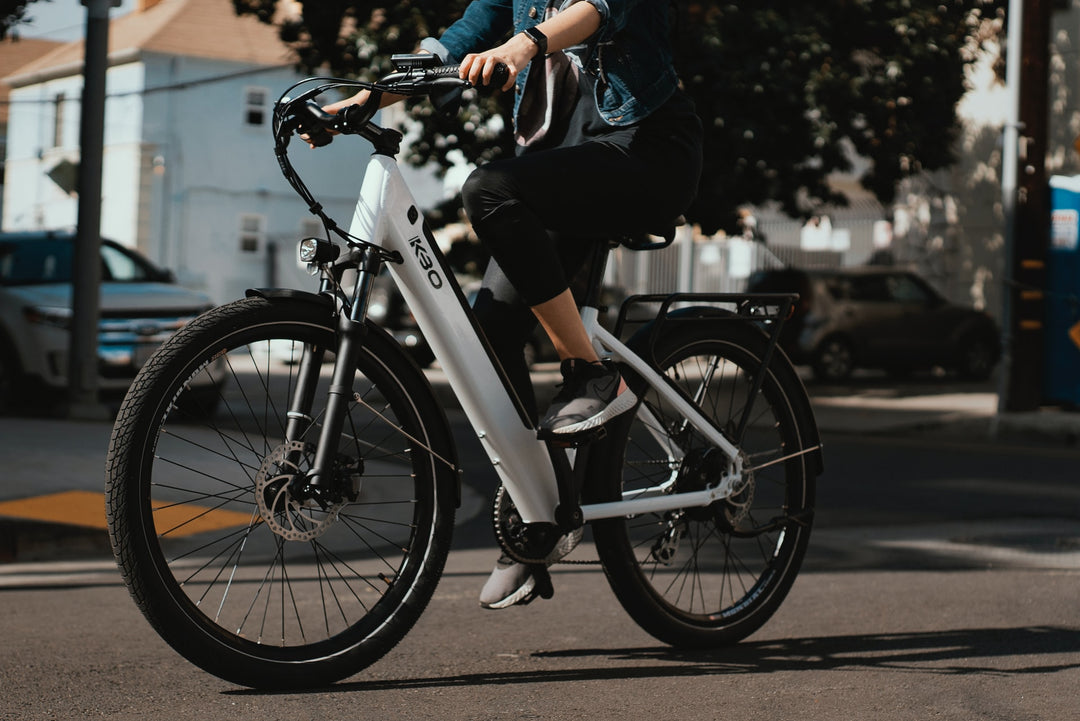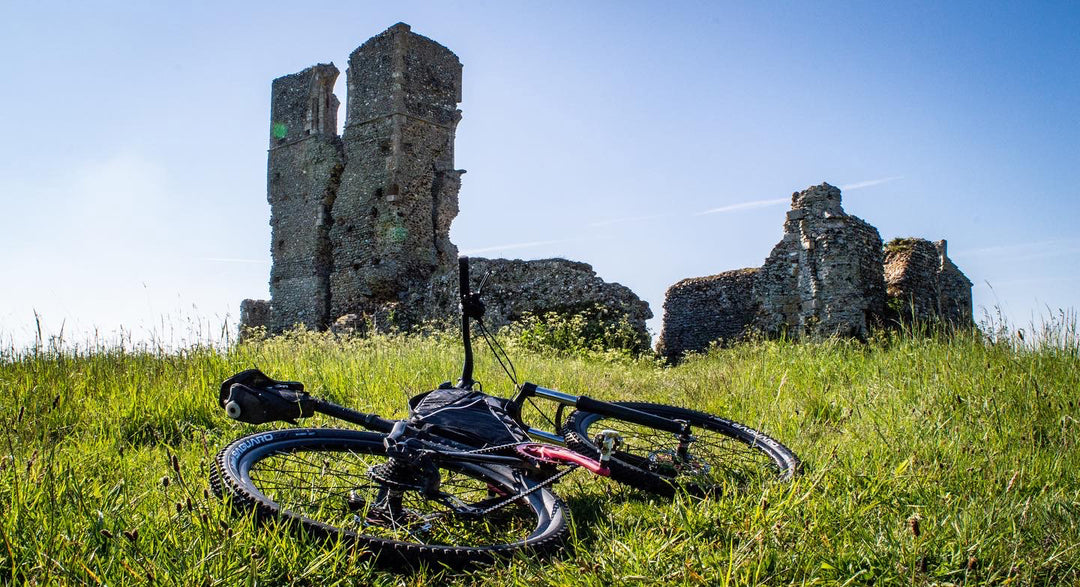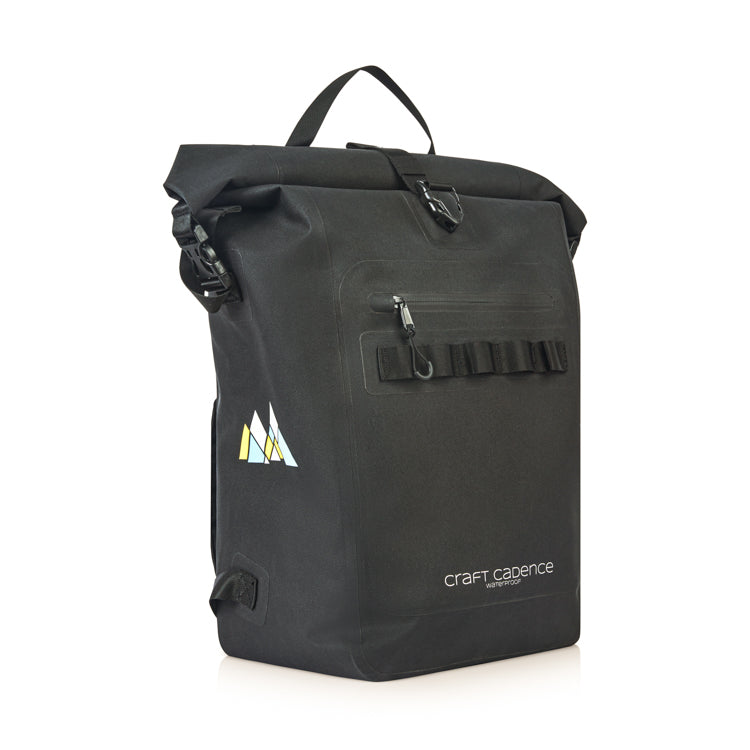Foldable commuting bikes 2019 - does Brompton still rule or has the field caught up?
Foldable bikes continue to grow in popularity year on year and at the very forefront of the wave is the iconic Brompton folding bike. But why has the Brompton been such a commuter favourite over the years? In this blog, we’ll look at what made it unique and what other competitors have done to rival the Brompton bike.
Why even get a foldable?
Here are a few reasons why you’d get a foldable:
- You can take a foldable bike with you wherever you go, meaning you can easily switch between cycling and public transport.
- You can store it in most places, either under your desk, in a cupboard or in the luggage compartment on a train.
- You’ll have quicker acceleration than traditional bikes as the smaller wheels take less effort to get going
- You don’t need to worry about security as you can simply keep your bike with you.
The foldable bike revolution
When the first commuters started to ride foldable bikes to work, many thought they looked like they belonged in the sixties. But when the masses began to realise the benefits of foldable bikes and the Brompton bike entered the industry, things began to change. Getting on tubes, trains or buses with your bike was now a possibility.

Over the last twenty years or so, the foldable bike industry has evolved a lot. Today, foldable bikes are lightweight and offer similar performance to many of the more rigid traditional bikes. Brompton is still at the forefront of the movement.
The Brompton domination

When you think of folding bikes, Brompton is likely the first name that springs to mind. Designed in 1975, specifically for British commuters, the Brompton bike has since expanded to a global fanbase. However, once unchallenged, competitors have threatened to compete and Brompton doesn’t have the pick of the market any more.
So, before we highlight some of the competitors in today’s market, let’s look at the classic Brompton. It’s very similar to its initial concept back in 1975, featuring a five-step fold. The bike folds into a small box shape, making it incredibly easy to slot into luggage compartments. The quality of the build is what sets it apart - it’s unique steel frame adding a touch of class. However, the material used also makes it fairly heavy, which is why Brompton developed its new Superlight range (and competitor Hummingbird created a carbon fibre folding bike). The new Superlight range uses titanium instead of steel for the front fork and rear frame, and comes with lighter wheels and handlebars, but it does come in more expensive - around £1500, up from £975.
What else is available?
There are plenty of other options but as mentioned above, the Hummingbird Single Speed is a new Brompton challenger which is extremely light and fast. It is, however, extremely expensive - around £3,500. While Brompton bikes are classics, the Hummingbird is a modern remake, started on Kickstarter in 2015. It’s bright yellow carbon fibre frame makes it look nice, and also makes it nice and light to carry. It’s downfall, however, is in the fold. It’s fold is simply not quite as snug and easy as the Brompton.
A more inexpensive option is the B’Twin Tilt 120 folding bike. This foldable from Decathlon is a much cheaper £180, which features six gear speeds, a fitted mudguards and a highly adjustable saddle to make sharing easy. It’s on the heavier side at 14.5kg, though.
Lastly, Raleigh have launched a folding bike range and the Stowaway 7 is reasonably priced at around £400. It comes with a lightweight aluminum frame, 7 speed Shimano Tourney gear system and powerful v-brakes. It also comes with a metal mudguard and a rear pannier rack already installed.
There it is. Brompton is still the king of the foldable bike, but other brands are fast catching up. In general, folding bikes are practical, convenient, reliable and, now, trendy. And that’s why they are a commuter favourite.
Cover photo credit: Peter Trimming



